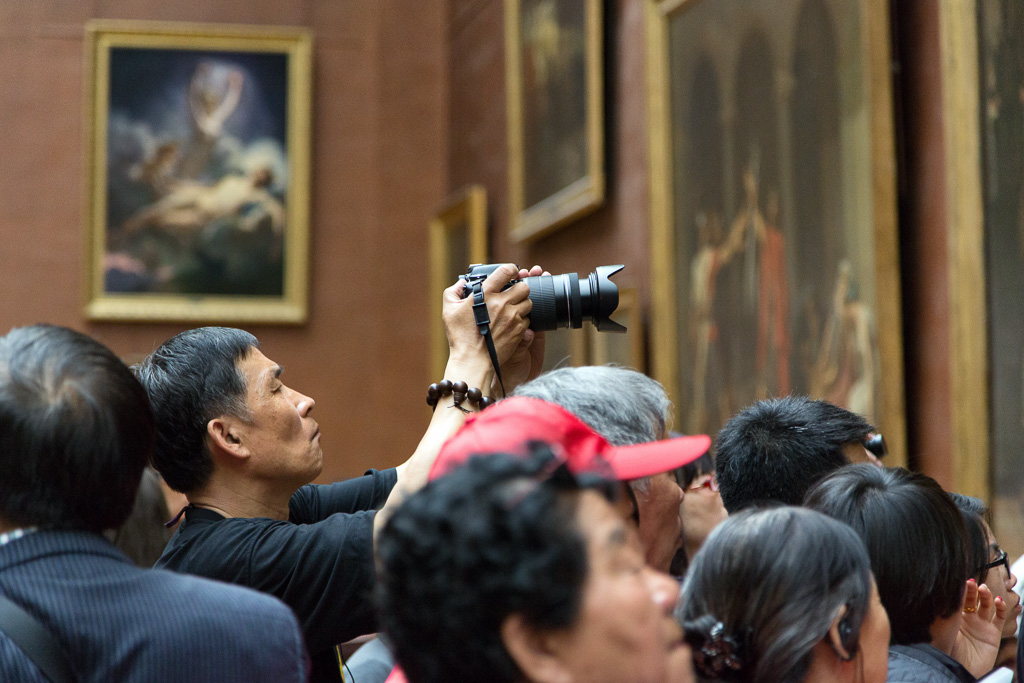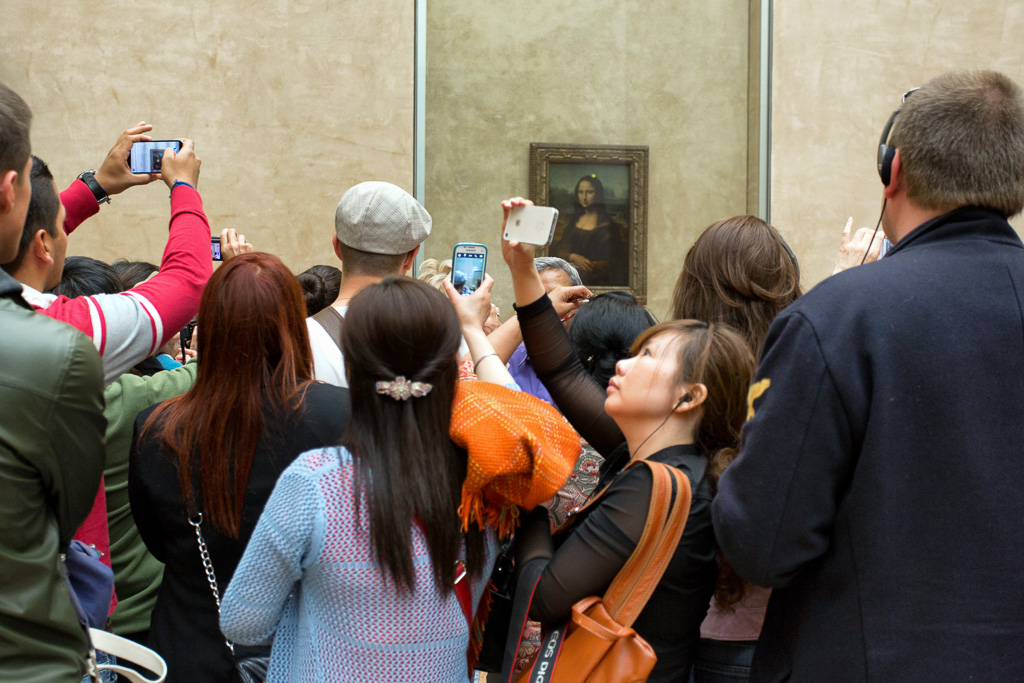Continuing with the month of May’s theme of “what was but is no more” I offer a wide shot inside Notre-Dame de Paris beneath the site of the former spire. On April 15, 2019, the roof caught fire during renovations and, among other damages, this caused the central spire to collapse. Because it is a building of both religious and national importance, the French legislature resolved that, instead of modernizing the building, it should be restored to its former glory as a preeminent example of French Gothic architecture. Hopefully, the workers who perform the next renovation have better luck than the previous workers.
This calls to mind the Ship of Theseus paradox. First proposed by ancient Greek philosophers, the paradox asks what would happen if you replaced each piece of Theseus’s ship, board by board, until none of the original boards remained. Could you call the resulting ship the Ship of Theseus? Or would it be a new ship? We can pose the same problem in relation to the human body which is “refurbished” every 7 years. Can we say that we are the same person we were 7 years ago when our present body shares none of the physical material that comprised our former body? Memory gives us a sense of continuity, but memory may have no bearing on the problem of identity.
As for the Cathedral that stands on the Île de la Cité, I’m inclined to think it ceased being the Notre-Dame de Paris years ago, back when French society determined that it was a secular society that, among other things, would forbid Moslem women from wearing hijab in the public sphere. Theoretically, the same rules apply to the Cathedral at least to the extent that the Cathedral is a symbol of national secular pride. This makes for a very different building than the building which figures in Victor Hugo’s novel. If all it’s good for is to rouse politicians like Emmanuel Macron into fits of patriotism, why not burn it to the ground?


